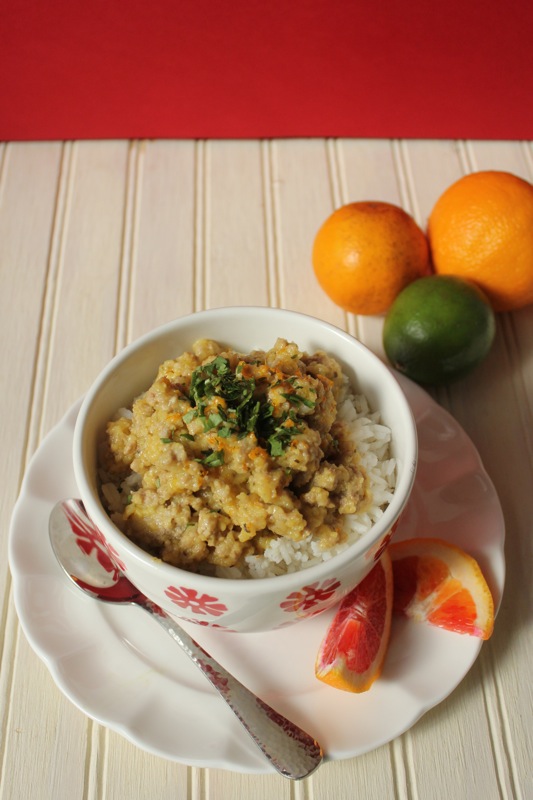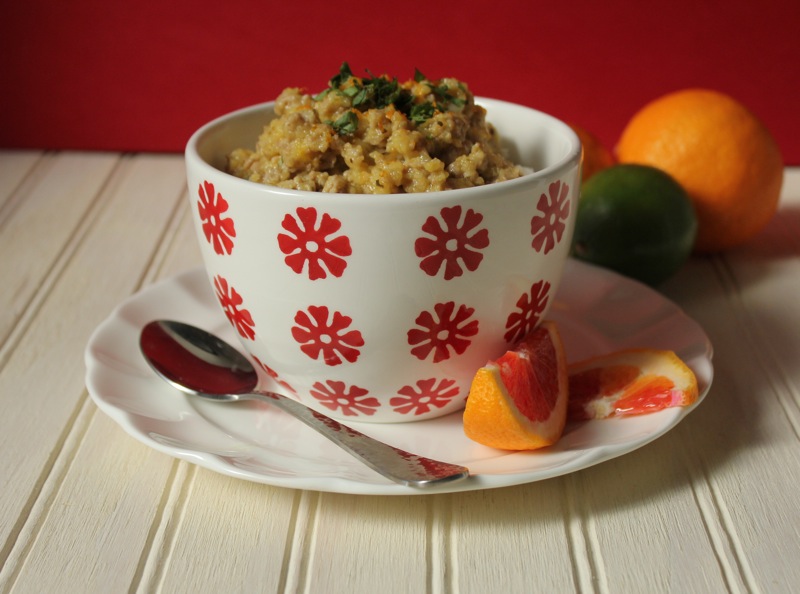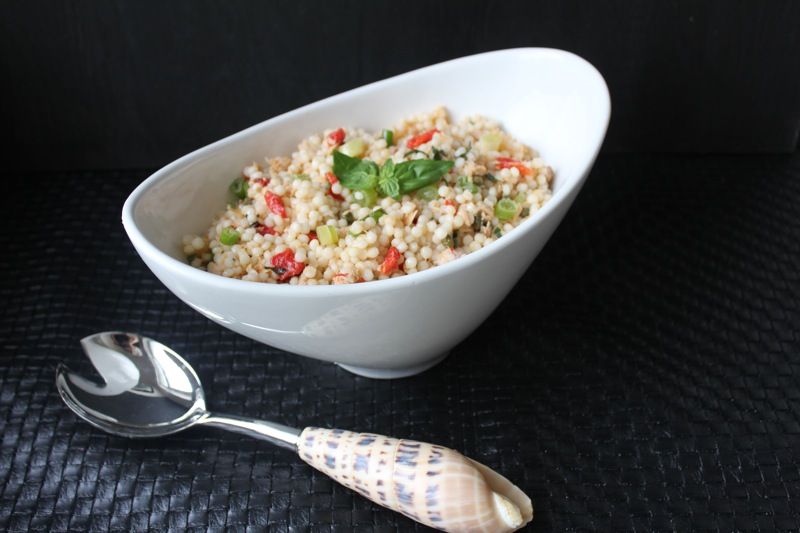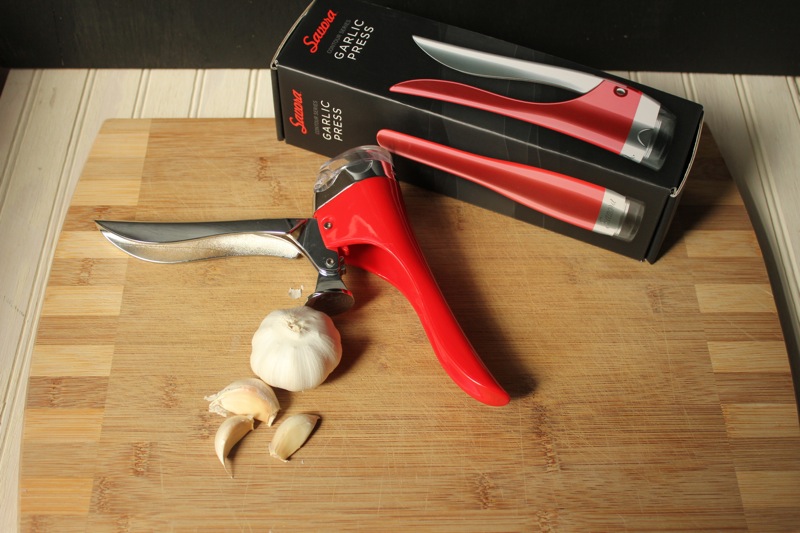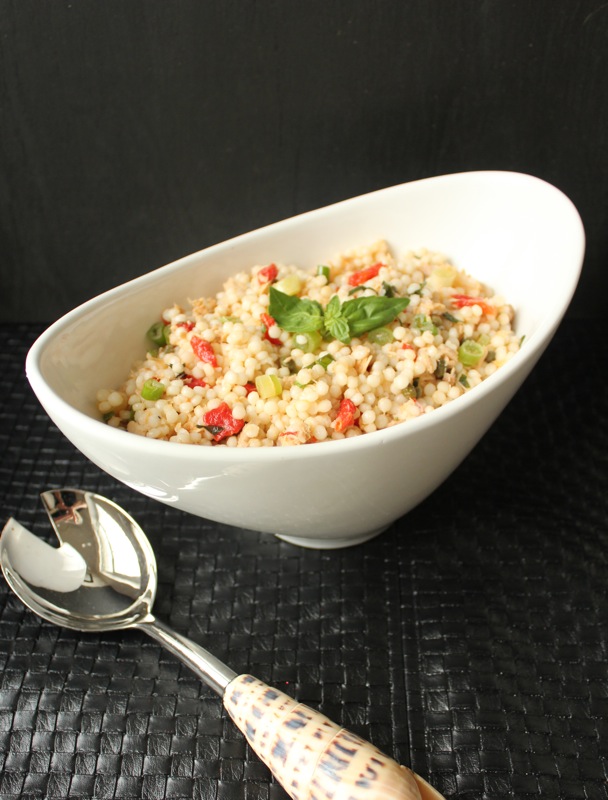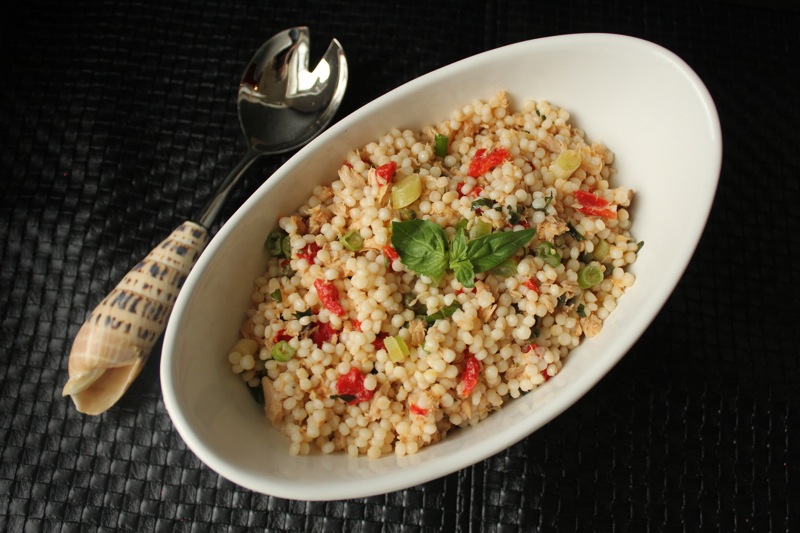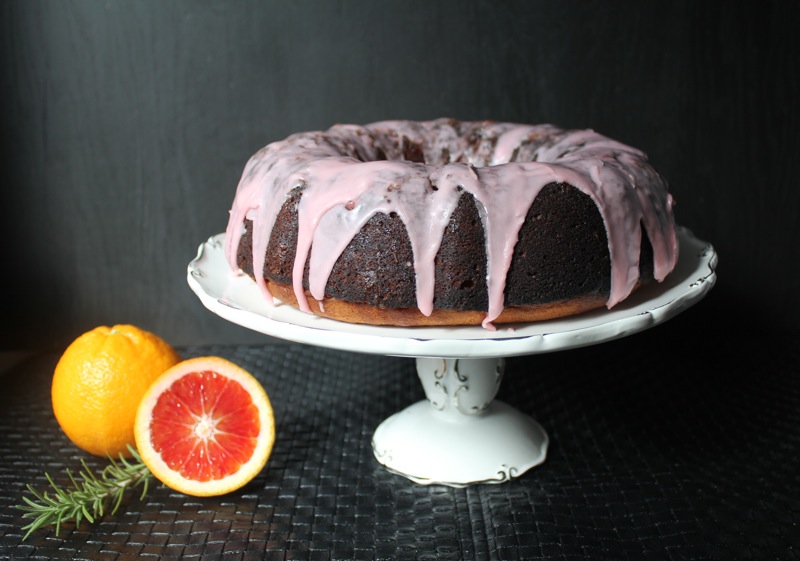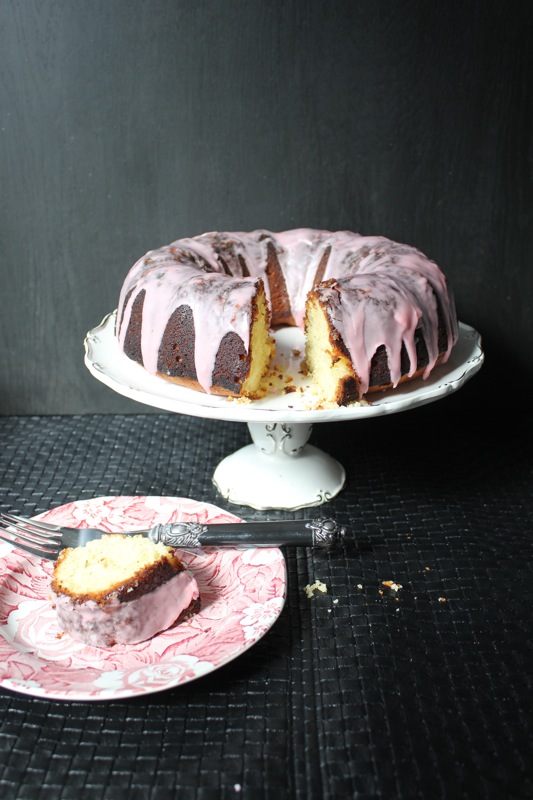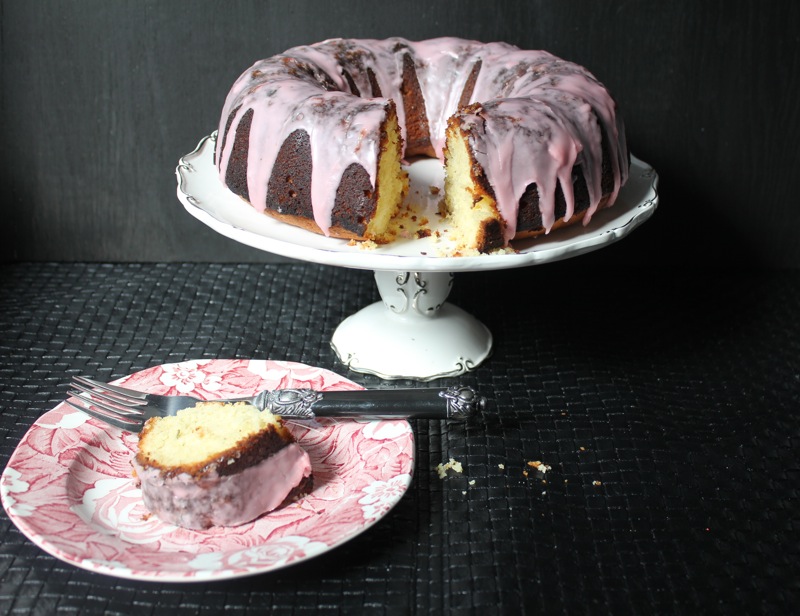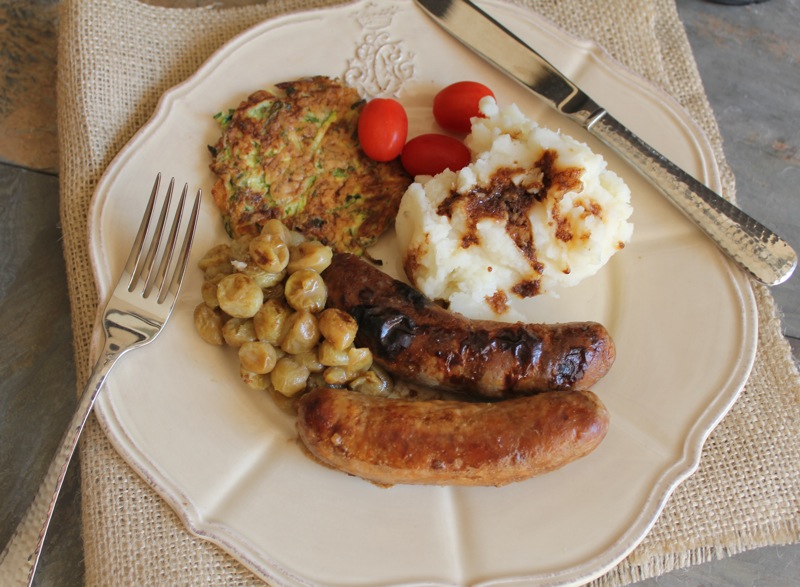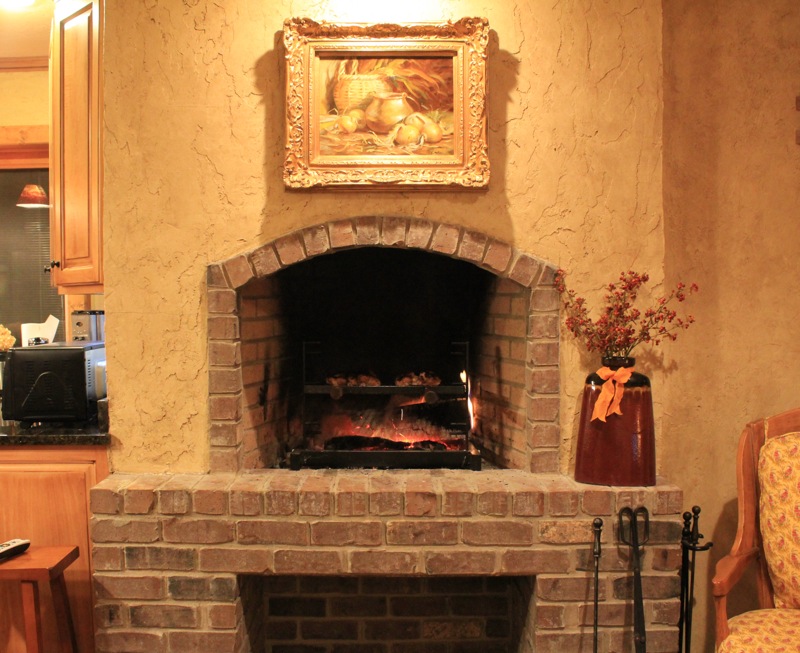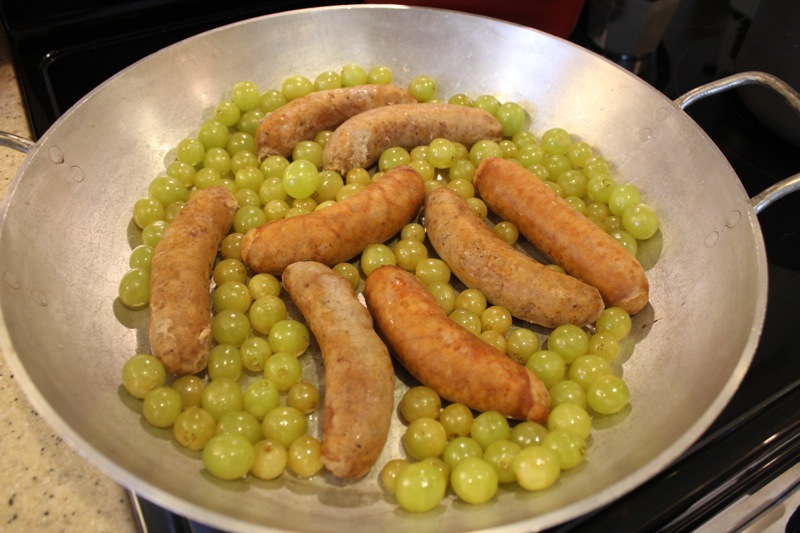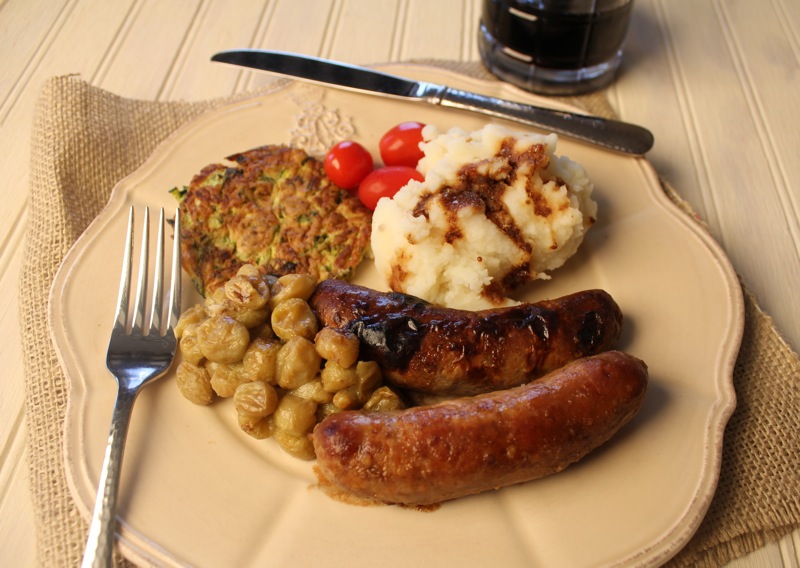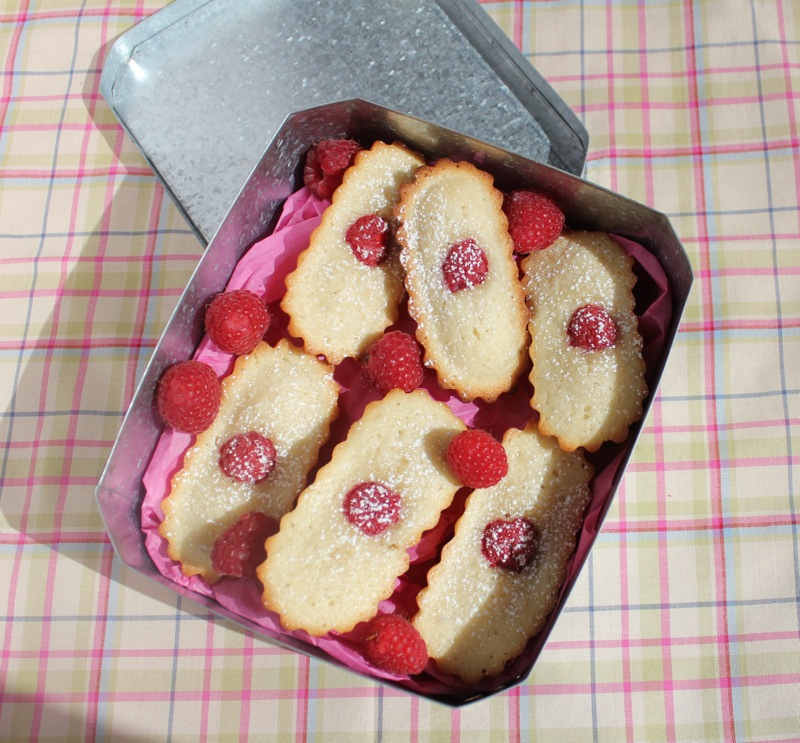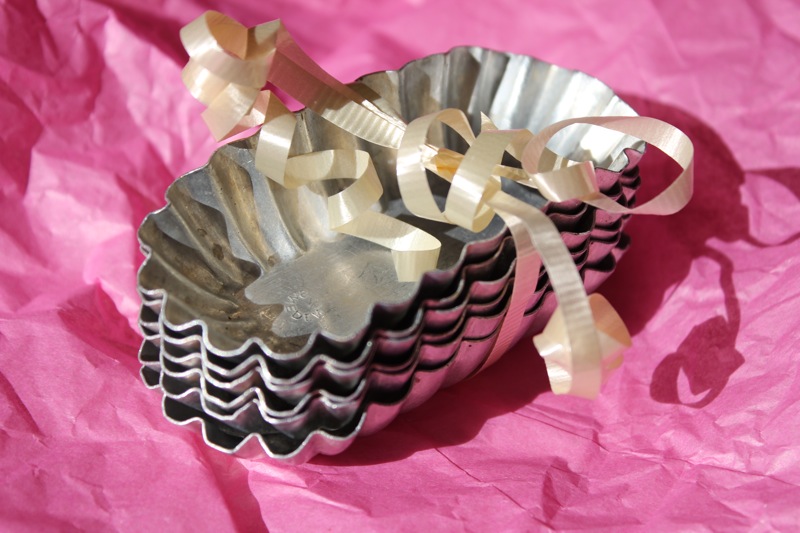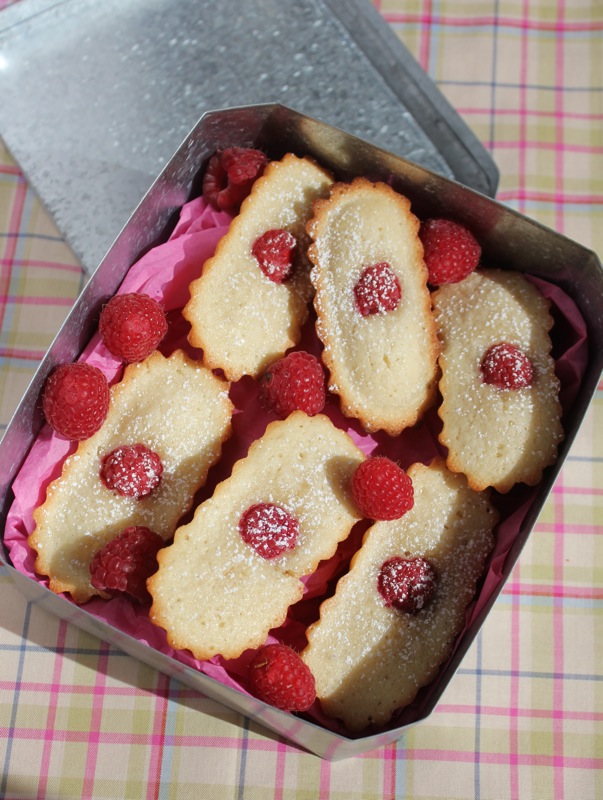You know those store-bought rice bowls in the prepared food aisles of the grocery store? I hate them. It seems to me that it is much easier to pull together a homemade version with less additives and less cost. You can mix up all kinds of things with rice. This Puerco Cubano is a good example.
I found this recipe in a book by Diane Mott Davidson called Crunch Time. She is the author of the Goldy Bear caterer mysteries. Don’t know about you, but when I read a mystery I like it when the protagonist eats. There is just so much of sleuthing, danger and mayhem that I can take before I am ready for my detective to retire to her or his lair for a little rejuvenation. I relish those moments when a glass of wine is poured and water is brought to a boil for pasta,while cheese is grated and a salad is tossed. These are moments of introspection for the sleuth. A warm bed is waiting to lull the busy mind to rest and restore it to renewed vigor in the morning light. So many thriller novels leave out the basics of life. I’m sorry, but we all have to eat, bathe, sleep and use the bathroom. It just makes me feel good when these incidents are included in a book, well maybe not the bathroom part. Diane Mott Davidson does this very well because her books are focused on food along with the mystery. This makes me a happy reader. In addition her recipes are included in the back of the book.
Puerco Cubano was meant as a quick comfort food in the book. It was easy to prepare, using ground pork flavored with orange juice and lime juice. It was served over simple cooked rice. I like the idea of using fresh squeezed orange juice as the liquid in this dish. Oranges are plentiful this time of year and, goodness knows, we all can use the hit of vitamin C in the winter.
This was a very satisfying meal. Both easy and tasty. You could add many things to the mix; black beans, avocados, green onions or pistachios. I think it needed a little crunch. Homemade rice bowls are flexible that way.
PUERCO CUBANO
1/4 cup (1/2 stick) unsalted butter
1 pound ground pork
2 tablespoons freshly minced or crushed garlic
2 teaspoons demi-glace de poulet or demi-glaze veau (chicken or veal demi-glace) I used a bouillon cube disolved in 1/4 cup water
1/4 cup all-purpose flour
1/2 teaspoon dried oregano
1/4 teaspoon kosher salt
1/4 teaspoon freshly ground black pepper
2 cups fresh orange juice
1/4 cup fresh or organic, not-from-concentrate lime juice
2 teaspoons (or more) granulated sugar
1 cup chopped fresh cilantro
In a large (12-inch) nonstick saute’ pan, melt the butter over medium-low heat. Add the pork and the garlic, and cook, stirring and breaking up the pork, until the meat is just cooked. Add the demi-glace and stir well.
Add the flour, oregano, salt, and pepper, and cook stirring, until the flour is cooked and the mixture bubbles.
Stir in the juices and sugar and raise the heat to medium. Stir constantly until the mixture bubbles and is thickened. Taste and correct the seasoning.
Serve over hot cooked rice and sprinkled with cilantro.

